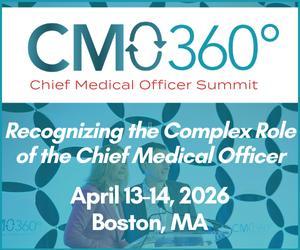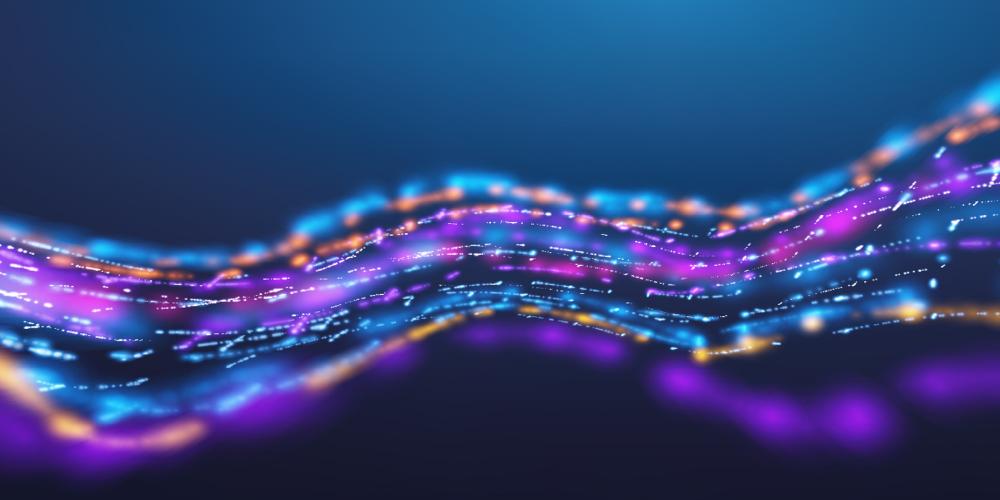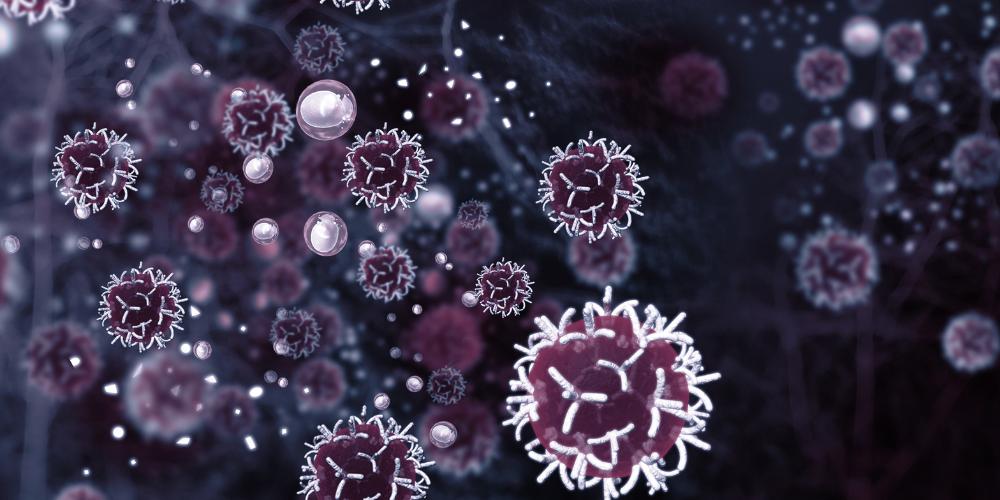Carl June and Daniel Chen on the Future of CAR-T, Cell Therapy, T-Cell Engagers and Synthetic Immunity
Carl June, MD, University of Pennsylvania, delved into the current state of CAR T therapy, the lack of success in solid tumors, non-oncology endeavors, and more topics in a webinar moderated by Daniel S Chen, MD, PhD, Engenuity Life Sciences.

Dr June and Dr Chen at the Immuno-Oncology 360º Summit 2020
Dr June and Dr Chen discussed cell therapy, progress in solid tumors, new ways of experimentation, overcoming tumor suppression and T cell exhaustion, and more in a recent webinar hosted by the IO360° Summit.
5 Quick Takeaways
• Despite FDA inquiries in regards to T cell malignancies after CAR T therapy, the risk-benefit ratio remains on the side of cell therapy
• Several strategies were identified to positively disrupt experimentation, using the example of logic-gating
• Dr June highlighted work being down by his own group and others on T cell exhaustion and tumor suppression
• Dr Chen and Dr June discussed positive cell therapy developments in non-oncology settings
• While solid tumor progress was slow, success in pediatric rare cancers signified that it is possible
To watch the full webcast, click here. Below is a summary of their conversation.
Recent FDA developments with cell therapy
The Food and Drug Administration (FDA) recently announced it was reviewing reports of T-cell malignancies in patients who received treatment with BCMA- or CD19-directed autologous CAR T cell immunotherapies.
Dr June noted that chemotherapy and radiation have been known to cause tumors – though it’s unclear how often it actually happens. It does appear that very few of the T-cell malignancy cases seem to be coming from the CAR transgene in the T cell, suggesting that the malignancies are a secondary tumor from the patient.
Cell therapy manufacturers are required to track dosed patients for 15 years and report adverse events, creating a prospective database that would be useful for the FDA in the future. And still, the clinical benefit of cell therapy remains high.
The emergence of T Cell Receptors
Dr Chen then pivoted to TCRs. Dr June felt that the first approvals would likely be in solid tumors, and that even though there are no commercially approved genetically engineered TCR Ts yet, non-genetically engineered TCR Ts (TIL therapy) had been used for years with durable response.
TCRs, he said, allowed for going after shared antigens, such as a mutated KRAS, and neoantigens, occurring through DNA mutations in patients. In some cases, they were boosting natural immunity, and in others, using synthetic immunity to combat cases of disturbed immunity.
What makes solid tumors so difficult?
There have been disappointments in how little progress has been made in solid tumors, especially in comparison to the more transformative success in certain hematological malignancies. However, Dr June had a few reasons why solid tumors posed such a challenge.
First, he reminded the audience that synthetic immunity had a strong response in melanoma, one of the most extreme examples of a “hot tumor.” In comparison, most solid tumors are the most extreme versions of a “cold tumor.” “That is where we have the most opportunity to gain,” said Dr June.
A bit of luck was involved: certain antigens in blood tumors can be targeted with potent tumor eradication without significant toxicities beyond cytokine release syndrome. Those types of targets don’t exist in solid tumors. Dr Chen added that the sharp difference in success between solid and liquid tumors indicates for him that there is something fundamentally different about synthetic immunity compared to endogenous.
Addressing the differences between synthetic and endogenous immunity
Dr Chen acknowledged that there were several theories as to why synthetic immunity is different – targets, metabolic differences, etc – but was most intrigued by the fact that synthetic immunity might be “overdoing” it. Essentially, that too big of an initial pulse is being created, rather than the more moderated and built-up endogenous stimulation of T cells.
The two highlighted Dr Crystal Mackall and others’ work at Stanford on tonic signaling and its effect on ameliorating T cell exhaustion. They also discussed work in the T cell engager space, utilizing TKIs (tyrosine kinase inhibitors) to moderate that signal and how that affects the functional states of the cells.
Dr June felt there would be cell-intrinsic modifications that could reverse/prevent epigenetic T cell dysfunction. One example: In his research studying the longest-performing T cells of CAR T-treated patients, the most successful cells had epigenetic changes, such as loss of the gene TET2. That loss retarded differentiation of the cells and prevents exhaustion.
Ways to overcome tumor suppression and T cell exhaustion
Dr June felt that the best approach would be a combination of cell engineering and external controllability through drugs. He mentioned giving drugs like dasatinib to stall T cells and allow for recovery; he also talked about manufacturing cell types beyond T cells: CAR-macrophages, CAR-NKs, or combinations with CAR-T to create natural synergy.
He spoke about recent work adding and subtracting genes (TET2 being one example) for prolonged activity. In an ongoing Phase I, his team was adding in IL18, which activates innate immunity, back-binds to T cells and increases T cell activity without systemic toxicity.
Logic-gating and innovating ways of experimenting
After acknowledging the excitement about new technology and engineering, the conversation focused on logic-gating. It’s a technology that has promise: it can be done transcriptionally, at translation or at protein degradation, but the rapid process is slowed by how much longer clinical trials have to take. Most trials are only able to focus on a single logic-gate, as opposed to testing multiple in concert.
Dr June identified several ways that this experimentation, and experimentation more broadly, could be accelerated.
One was the introduction of AI. Another was something Dr June was engaging with the FDA on: proposing screens of multiple gene edits and logic-circuits in humans to identify what works best, a “Phase 0 trial design.” And finally, they spoke about organoids. Dr June felt there was real progress being made, and argued that it would be worth the investment to create more infrastructure around organoid modeling.
Cell therapy outside of oncology
Dr Chen noted that some of the most exciting progress being made in cell therapy was happening outside of oncology, and in the autoimmune field.
In lupus, treatment progress has been slow. However, a small trial in which patients were given a version of Kymriah found extremely promising results – all patients had 100% response rate. “We would never have known from preclinical studies,” said Dr June. The response has been replicated in other groups and in other diseases, including scleroderma and myasthenia gravis.
Closing remarks on the future of cell therapy
Dr Chen asked Dr June to look to the future, in a world where CAR T has either succeeded or failed in curing cancer. How would we get there?
Dr June thought that solid tumor success was possible. He referenced two major publications with CAR T cells in pediatric rare tumors – one that showed that patients with diffuse midline gliomas could benefit from repeated infusions locally instilled into the brain, and another that showed pediatric refractory neuroblastoma could enter remission with CAR T, and believed that we would see success in adult cells.
The challenge then would be getting away from autologous to allogeneic or in vivo, in order to meet the scale of demand. Dr Chen added if success is realized, it would be because the field solved issues around overstimulation, got better engagement of endogenous immunity, and achieved success with in vivo CAR T.
For more information on Immuno-Oncology 360º, and to see the full agenda and list of speakers for the 2024 meeting, click here.











